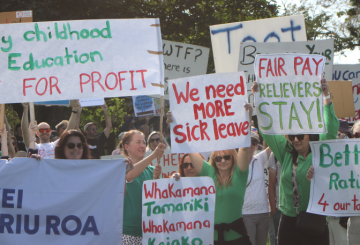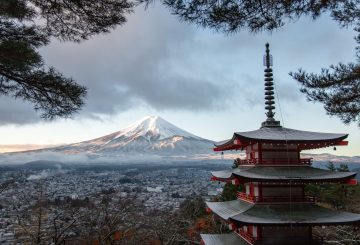Chính phủ đã cảnh báo về nguy cơ gia tăng bệnh chân và miệng đến New Zealand, mô tả sự xuất hiện của nó như một kịch bản “ngày tận thế”.
Thủ tướng Jacinda Ardern và Bộ trưởng Nông nghiệp Damien O’Connor đưa ra cảnh báo sau khi bệnh chăn nuôi được phát hiện ở Indonesia.
“Nó sẽ tàn phá đàn dân tộc của chúng ta… Trong trường hợp chân và miệng đến New Zealand tất cả các thương mại sản phẩm động vật sẽ bị ngừng lại… Động vật sẽ bị giết mổ, và hơn 100.000 việc làm trong lĩnh vực sơ cấp sẽ gặp nguy cơ,” Ardern nói.
“Phát hiện sớm bệnh sẽ rất quan trọng để đáp ứng nhanh chóng và diệt trừ càng sớm càng tốt nếu có thể.”
Bà cho biết các quan chức đã kiểm tra chuỗi cung ứng của Indonesia chiết xuất hạt cọ, được sử dụng làm thức ăn chăn nuôi, để đảm bảo rằng nó đáp ứng các tiêu chuẩn của New Zealand. Các quan chức cũng đã làm việc chặt chẽ với các quan chức an ninh sinh học của Úc vì bệnh đã được tìm thấy trong các sản phẩm thịt nhập vào Úc.
Chính phủ đã tăng cường kiểm soát an ninh sinh học nhằm ngăn ngừa bệnh lây lan đến New Zealand. Không có chuyến bay thẳng giữa Indonesia và New Zealand, tuy nhiên hành khách bắt đầu hành trình tại Indonesia sẽ được hướng đến một khu vực riêng biệt để tìm kiếm hành lý, thẩm vấn và khử trùng.
O’Connor nói: “Trong trường hợp chân và miệng đến đây, chúng tôi có thể tiếp cận với một ngân hàng vắc-xin ở Anh có thể được gọi trong vòng vài ngày kể từ ngày thông báo.
Tuy nhiên, ông nói rằng nhiều loài động vật có lẽ sẽ cần phải được tiêu hủy.
New Zealand chưa bao giờ mắc bệnh chân và miệng, gây ra tổn thương và què quặt ở động vật móng chân. Một đợt bùng phát bệnh ở Vương quốc Anh năm 2001 đã chứng kiến 10 triệu con vật bị giết mổ và tốn khoảng 10 tỷ bảng Anh (19b NZ$).






























































